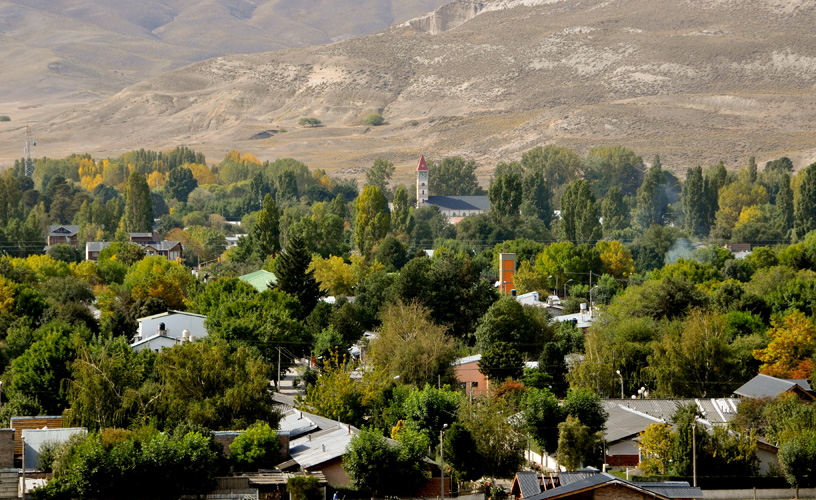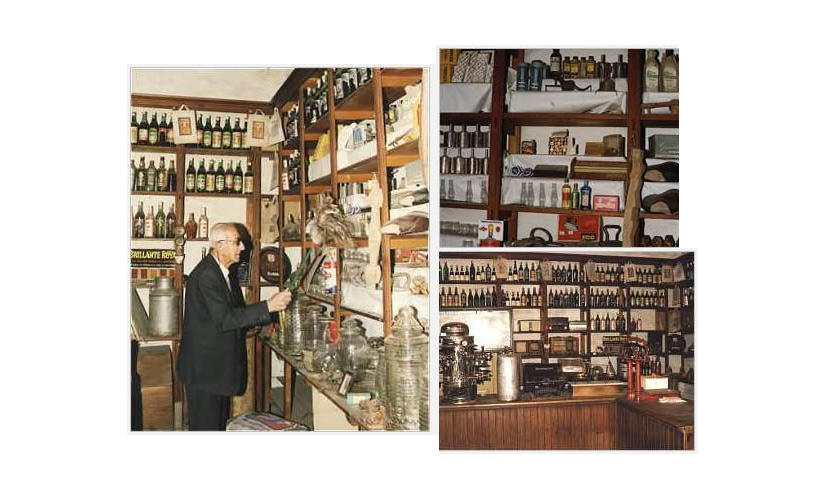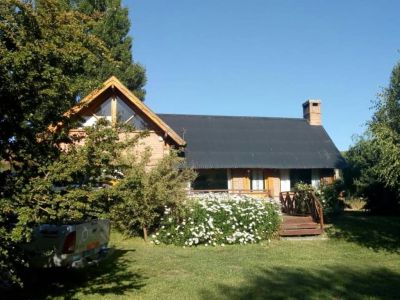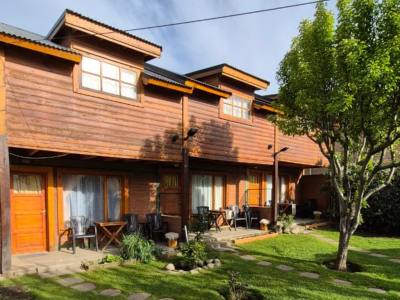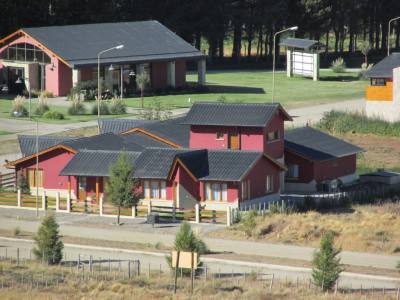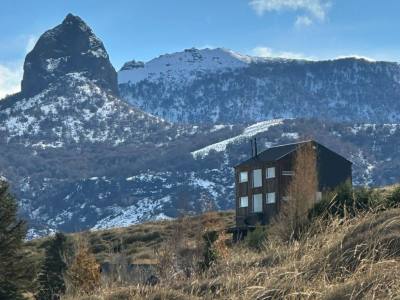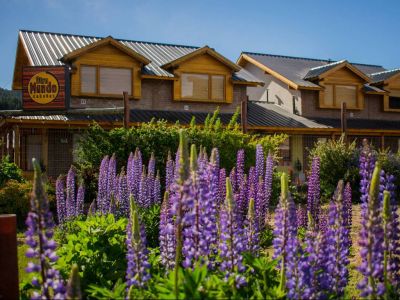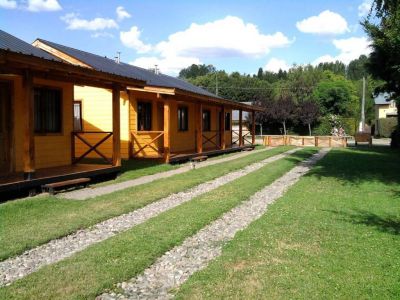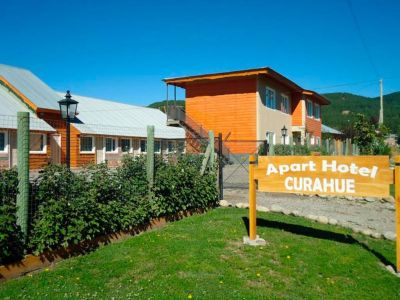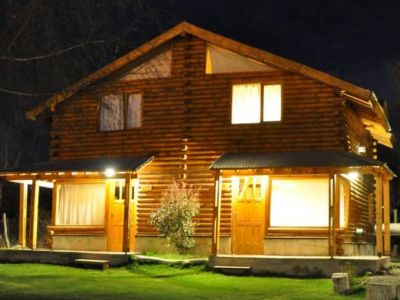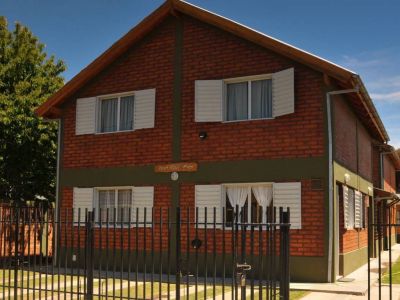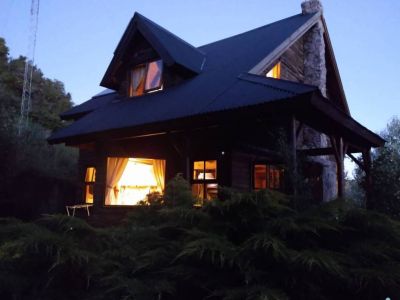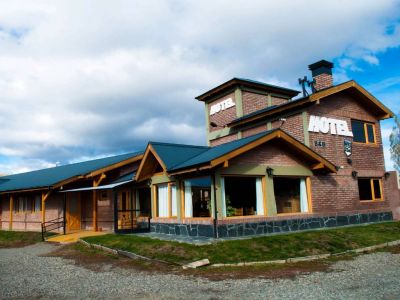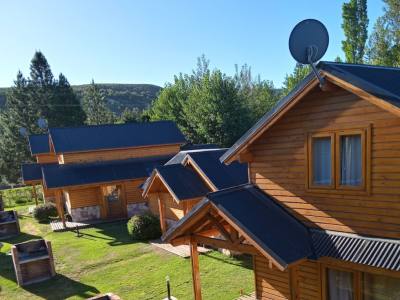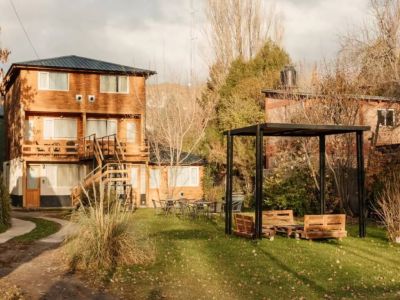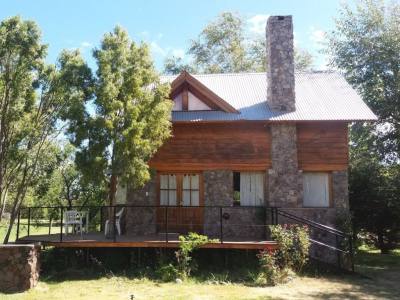“Would you like to know what rural stores were like decades ago? Visit Don Moisés Museum, where the memory of the local paisanos and many tools used in former times may be found.” That was the invitation to see the chamber still owned by the traditional Roca Jalil family in Junín de los Andes. We made a phone call to make sure they could welcome us and, as we arrived, we were kindly led through their history. It was known as “La flor del día” (The Flower of the Day) and in its last years, don Moisés was always behind the counter welcoming vendors and customers. He could tell whether they came from distant places and what they were going to buy. Thus, each sale was customized. Don Moisés' father had arrived in Neuquén from Mairuba (Lebanon) in 1900. His name was Simón Roucouz and at first he lived with his family at paraje San Ignacio between 1911 and 1914. After that, they moved to Quilquihue. Eventually, they settled down in Junín de los Andes for good.
From General Store to Don Moisés Museum
He set up his first general store, fruit stock and livestock buying and selling at the venue where the old hospital is located today. The building at the corner of San Martín Street and Coronel Suárez Street was raised in 1929. It was here that the store developed both as far as goods and customers were concerned until it closed its doors forever in 1982. We walked around the counters and the 400 items that still remain on the shelves. Blankets, sashes and ponchos of various colors and patterns; Mapuche pottery and wood; documentation from the Desert Campaign that includes weapons and papers signed by Julio A. Roca; spurs, stirrups, rings, bombillas add up to quills ink and gas irons. Everything has been preserved at this old store as a tribute to the origins of the city. We stopped to listen to the interesting anecdotes emerging from each of those elements to understand how essential “La flor del día” was for that old town. We also approached some of the first denizens who, coming from distant lands, chose to put down roots in Patagonia.
Mónica Pons
Dirección de Turismo de Junín de los Andes
